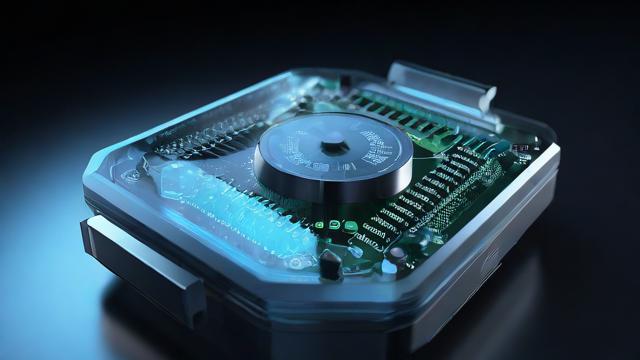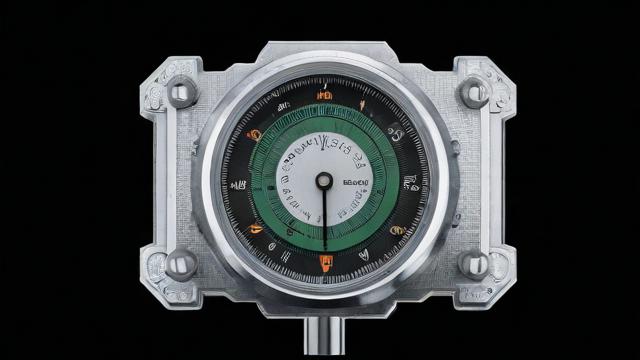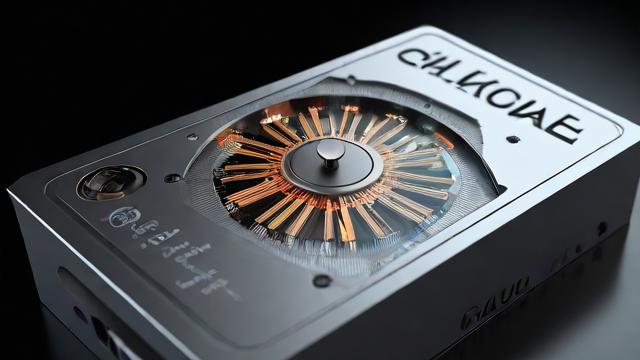How to say Crystal Oscillator in English?
Crystal Oscillator Usage and Characteristics

A crystal oscillator, often abbreviated as Xtal or simply a "crystal," is an essential electronic component that utilizes the mechanical resonance of a vibrating crystal to generate an electrical signal with a precise frequency. This device is widely used in various applications, including microcontrollers, clocks, watches, and communication devices, where accurate timekeeping and frequency stability are crucial. In this comprehensive guide, we will delve into the usage, characteristics, and different types of crystal oscillators, providing you with a thorough understanding of their significance in modern electronics.
Basic Principles and Working Mechanism
At the heart of a crystal oscillator lies a piezoelectric material, typically quartz, which exhibits the property of generating an electric potential when subjected to mechanical stress (piezoelectric effect). Conversely, when an electric field is applied to the quartz crystal, it deforms slightly, leading to mechanical vibrations. These vibrations occur at a specific resonant frequency determined by the physical dimensions and properties of the crystal.
The basic components of a crystal oscillator circuit include:
1、Quartz Crystal: The resonating element responsible for generating the stable frequency.
2、Oscillator Circuit: Amplifies the weak signal from the quartz crystal to produce a usable output signal.
3、Feedback Network: Ensures that the oscillations are sustained at the desired frequency by feeding back a portion of the output signal to the input.
Types of Crystal Oscillators

There are several types of crystal oscillators, each designed for specific applications and performance requirements:
| Type | Description | Applications |
| Fundamental Mode Crystals | Operate at the fundamental frequency of the quartz crystal, typically in the range of 10 kHz to 50 MHz. | Watches, realtime clocks, lowfrequency communication devices. |
| Overtone Crystals | Utilize higher harmonics (overtones) of the fundamental frequency, allowing operation in the MHz range. | Microcontrollers, digital clocks, carrier wave generation in radios. |
| Temperature Compensated Crystal Oscillators (TCXOs) | Incorporate temperature compensation mechanisms to minimize frequency drift over a wide temperature range. | GPS systems, telecommunications, precision timing in harsh environments. |
| Voltage Controlled Crystal Oscillators (VCXOs) | Frequency can be adjusted by varying an applied voltage, enabling frequency modulation or tuning. | Frequency synthesizers, phaselocked loops (PLLs), signal processing. |
Key Characteristics and Parameters
When selecting a crystal oscillator, several key parameters need to be considered:
1、Frequency Stability: Measured in parts per million (ppm), it indicates how much the output frequency deviates from its nominal value due to environmental factors like temperature, humidity, and aging. Higher stability is crucial for precision applications.
2、Frequency Tolerance: The maximum allowable deviation from the specified frequency at a given temperature. It is typically expressed in ppm or kilohertz (kHz).
3、Load Capacitance (CL): The external capacitance required by the oscillator circuit for proper operation. Matching this value ensures optimal frequency accuracy.
4、Drive Level (Power Dissipation): The power dissipated by the crystal during oscillation, measured in microwatts (μW) or milliwatts (mW). Excessive drive levels can damage the crystal or cause frequency shifts.
5、Operating Temperature Range: Specifies the temperature range over which the oscillator maintains its specified frequency characteristics. TCXOs offer wider operating ranges compared to standard crystals.

6、Aging Rate: The longterm frequency change over time, usually specified in ppm per year. Lower aging rates ensure better longterm stability.
Choosing the Right Crystal Oscillator
Selecting the appropriate crystal oscillator involves considering the application's specific needs and constraints. Here are some guidelines:
1、Frequency Requirement: Determine the desired operating frequency and select a crystal type that can support it (fundamental, overtone, or TCXO/VCXO).
2、Stability Needs: For highprecision applications, choose a TCXO or VCXO with low frequency drift over temperature and aging.
3、Environmental Conditions: Consider the operating temperature range and any potential exposure to humidity, vibration, or electromagnetic interference (EMI).
4、Power Consumption: For batterypowered devices, opt for lowpower oscillators to extend battery life.
5、Size and Form Factor: Ensure the crystal package fits within your design constraints without compromising performance.
FAQs
Q1: Can I replace a fundamental mode crystal with an overtone crystal in my existing design?
A: While it may be physically possible to replace a fundamental mode crystal with an overtone crystal, it is not recommended without careful consideration of the circuit design and load capacitance requirements. Overtone crystals have different impedance characteristics and may require adjustments to the oscillator circuit to ensure stable operation. Always consult the datasheets for both the original and replacement crystals and consider professional advice if necessary.
Q2: How do I calculate the load capacitance for a crystal oscillator circuit?
A: The load capacitance (CL) required by a crystal oscillator is typically specified by the crystal manufacturer and can be found in the datasheet. To calculate the total load capacitance (CT) needed for the circuit, use the formula: CT = (C1 * C2) / (C1 + C2), where C1 and C2 are the stray capacitances of the PCB traces and the microcontroller pins. Aim to match CT to the CL specified by the crystal manufacturer for optimal frequency accuracy. If the calculated CT differs significantly from CL, adjust the values of C1 and C2 accordingly or use matching capacitors provided by the crystal supplier.
作者:豆面本文地址:https://www.jerry.net.cn/articals/21401.html发布于 2025-01-24 19:32:20
文章转载或复制请以超链接形式并注明出处杰瑞科技发展有限公司
